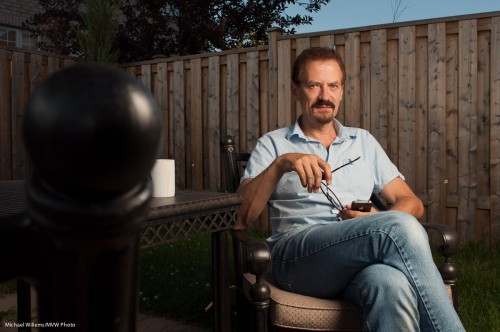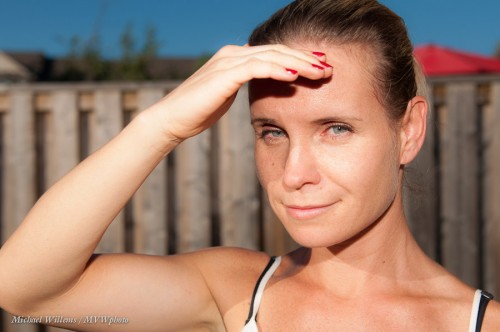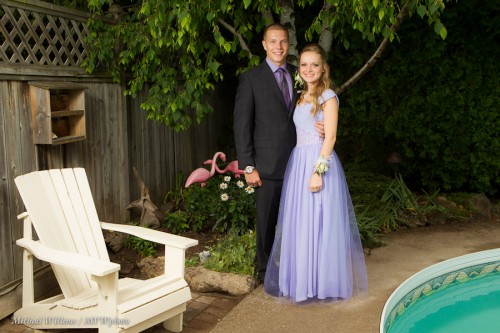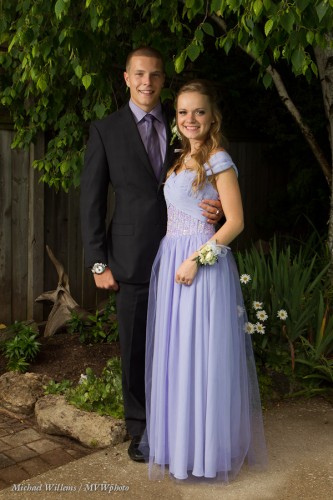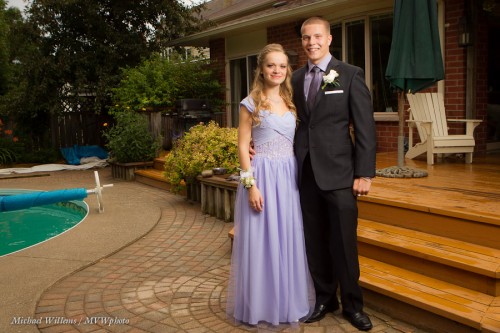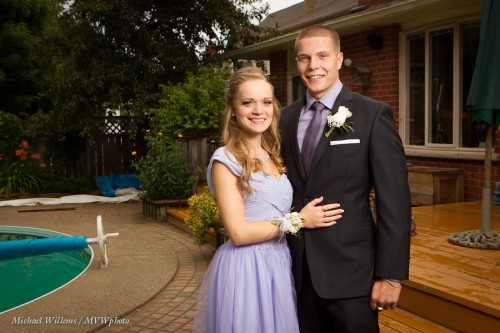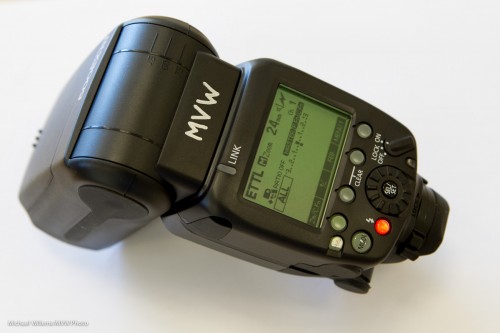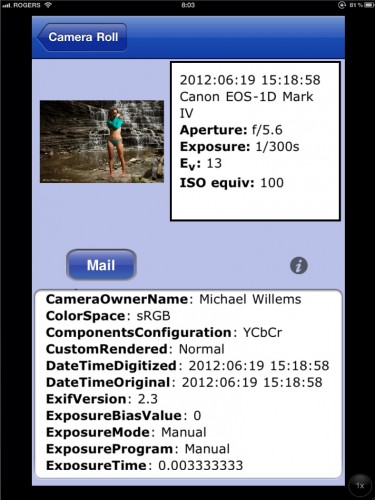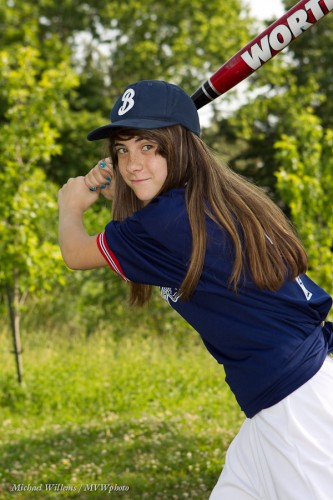Happy Canada Day!
So why do I do this, people ask – this daily blog? Give away all my knowledge? Like how to take dramatic portraits like this (thanks, Mel) on a sunny day?
(Hint: 200 ISO/ 1/200th second, f/11, and a speedlight in an umbrella. See if you can work out why those particular settings? )
I do this teaching blog for a number of reasons.
First, because I am passionate about photography. We should all document our lives with artistic photos – the only time travel we ever get to do.
Second, because if I don’t, someone else will, and I’d rather you learned from me since I believe I know what I am talking about. I am a full-time photographer and photography coach and teacher, so I live and breathe this.
Third, because many of you come to me for private training sessions. A few two- or three-hour sessions and you will know so much more than before – all this theory here wil click into place and whatever aspect of photography you need help with, we can teach you quickly. From portfolio reviews ove rthe internet to live workshops here in Oakville, Ontario or actoiss the Toronto area and nerby, I’m your guy. You won’t believe the improvements to your photography!
Fourth, because some of you will come see me at venues such as my Vistek Mississauga seminars, and at the five-day August Niagara School workshop at Brock University (there’s still some space).
Fifth, because if you like my photos, you may engage me for your portraits, wedding, event, party, industrial, nudes, or whatever-else-you-want-documented-photography. I;m good, and while not the cheapest, I am sure you will be delighted with the iamges.
And finally – last but not least: becuase I love teaching. We are here only once and we may as well share.
Hope you enjoy. This blog is free and always will be. Updates are daily – with a few exceptions when I am travelling and so on.
And if you do feel like contributing: make a contribution at my site and I will send you a personal preview draft of my Photography Recipe e-Book (in convenient PDF format) as a sign of my gratitude!

